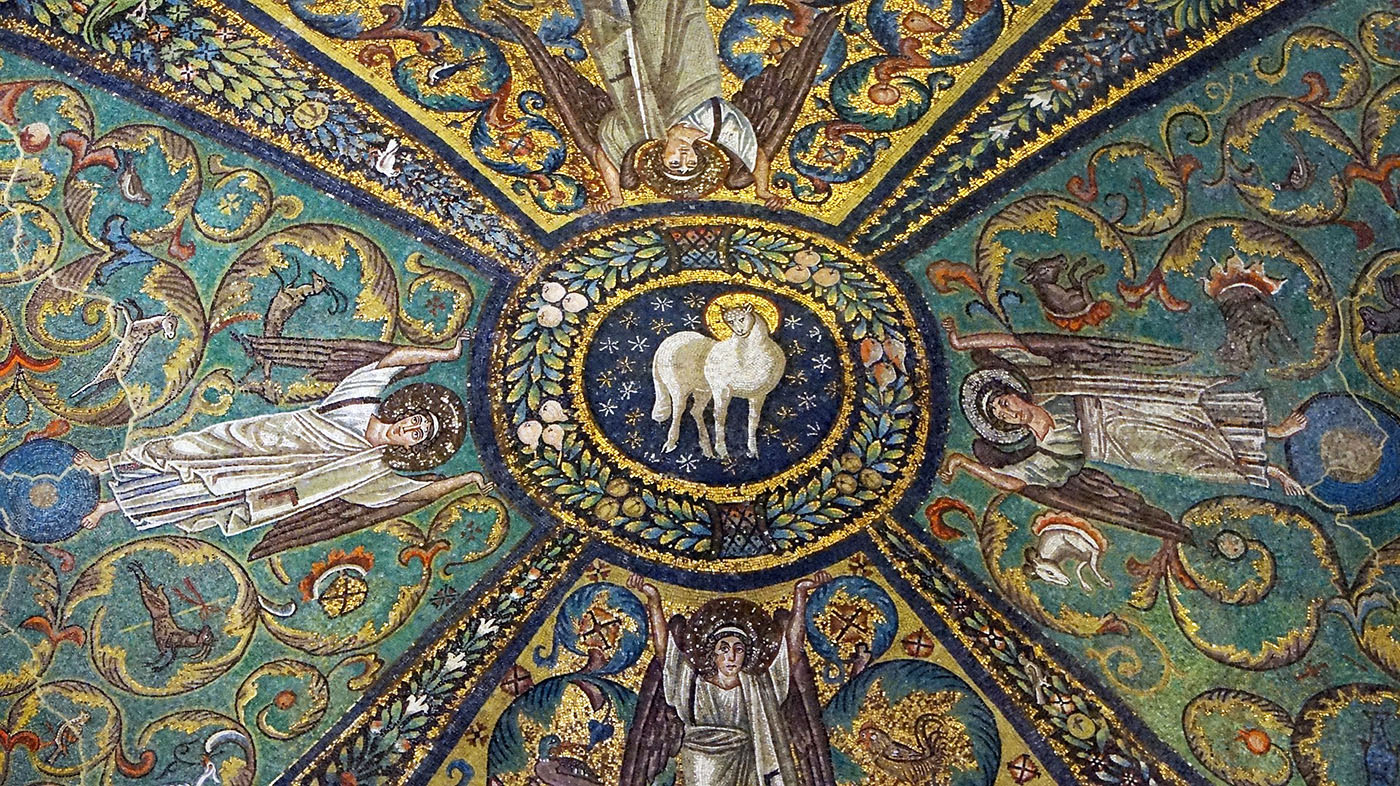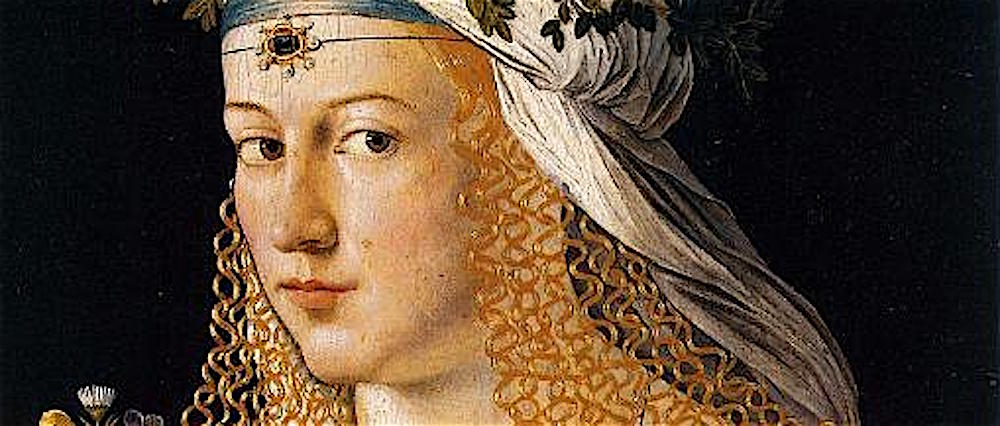
PUBLISHED SEPTEMBER 28, 2021 | BY GISELLA ISIDORI | 10 MINUTES READ
*This story appears on September-October 2021 Terre & Culture magazine issue, in the section Ameritalia.
Emilia-Romagna is a region of northern Italy, bordering to the north with Lombardy and Veneto, to the west again with Lombardy and Piedmont, to the south with Liguria, Tuscany, the Marches and the Republic of San Marino. To the east it extends from the Apennines to the Po river and is bathed by the Adriatic Sea.
History The official name of Emilia was changed in 1947 with the addition of the term Romagna. The region is known for medieval towns, rich gastronomy and seaside resorts. The capital, Bologna, is a lively city, seat of the University dating back to the eleventh century, characterized by arcades along streets and squares in the medieval center. Ravenna, on the Adriatic coast, is famous for its brightly colored Byzantine mosaics.
Inhabited since ancient times by the Villanovians and the Umbrians, it was ruled by the Etruscans until the fourth century BC. when it was conquered by the Celts and later, in the third century BC, by Hannibal and the Romans. Augustus made it the eighth region, tracing the Via Emilia, which gave its name to this land, becoming the seat of the last capital of the Roman Empire with Ravenna in the fifth century AD. when Honorius transported the capital.
After the Lombard invasion of 568 AD. the region was dominated by the Carolingian kings who transformed the old Lombard duchies from the government of the counts to that of the bishops-counts and finally to the Church. During the Middle Ages there was a notable development of commercial, cultural and religious activities thanks to the Abbeys, the University of Bologna, the oldest in Europe, the liveliness of its municipalities, as well as extraordinary historical figures such as Matilda di Canossa. During the Renaissance it was the seat of refined lordships such as that of the Este family of Ferrara and the Malatesta family of Rimini. In the following centuries the territory was divided between the dominion of the Papal State, the Duchy of Parma and Piacenza of the Farnese and the Este duchy of Modena and Reggio and during the 17th and 18th centuries the Bourbons took over from Parma and Piacenza.After the peace of Campoformio, Emilia and Romagna entered the Cisalpine Republic. The attempt to unite with Piedmont in 1848 failed, the merger between Emilia-Romagna and the Kingdom of Italy took place between 1859 and 1860. It was in Reggio Emilia that the tricolor was born during the Risorgimento, which later became the flag of united Italy .Formerly almost entirely marshy, its entire history has been characterized by the hard work of its people in reclaiming it and shaping their land for a better life.Today it is an industrious land, full of high quality small and medium-sized enterprises, think only of Ferrari, and a hospitable land par excellence, which has been able to translate the solar, cosmopolitan character and the joy of life of its people into the largest and most organized European tourist basin.
Tourism Emilia Romagna includes the Adriatic coast with its 110 km of beach, the Po valley and the Apennines. Almost half of the territory is occupied by plains, while the rest of the territory consists of hills and mountains. Thanks to this contrast between mountain and sea, it offers the visitor breathtaking landscapes, between a mixture of colors and scents of the earth that manage to combine culture and entertainment, relaxation and discovery of ancient traditions. It is also an important region from a cultural and architectural point of view thanks to the numerous cities rich in art and culture such as Bologna, Ravenna, Parma, Modena and Ferrara which offer an extraordinary artistic, cultural and historical heritage. In addition, for nature lovers, 2 national parks, 14 regional parks and 11 regional reserves can be visited in order to immerse yourself in the greenery and engage in outdoor activities such as trekking, kayaking and bike rides.

Parma Duomo e Battistero
Although considered a territorial unicum, I personally would divide this region into two distinct entities, Emilia and Romagna, as they are very different from each other, especially in the character and personality of their inhabitants.
Romagna. A holiday in Romagna is a unique experience. A perfect machine, made up of structures that collaborate in a tourism system that offers a young holiday. On the Riviera Romagnola, the longest beach in Europe, typical Romagna hospitality is the key to success and a source of pride to be exported all over the world. Places such as Rimini, Riccione, Cattolica are synonymous with relaxation and recreation, also fully defined as the capitals of entertainment. Do not forget shopping, for example, in Riccione, in Viale Ceccarini, an elegant lounge in the city, an ideal destination for those looking for the new novelties of the upcoming season.
Ravenna is considered one of the unique cities for the complex of early Christian and Byzantine monuments that characterize it. Do not forget Faenza with its splendid ceramics, the ancient medieval village of Brisighella and the small but particular village of Casola Valsenio, where you can visit the garden of forgotten herbs and fruits. Very important are the wide range of spas, including those of Salsomaggiore, Bagno di Romagna and in particular the beautiful Terme di Riolo.
Ravenna
Matilde di Canossa
Emilia A holiday in Emilia, on the other hand, turns into a journey into tradition, art, history, the discovery of its exclusive agri-food products and its unique regional dishes in the world. Emilia is Maranello with Ferrari, Bologna with Ducati, and medieval towns such as Grazzano Visconti, Ferrara UNESCO heritage, Parma with Parmigiano Reggiano and the famous raw ham. Modena is one of my favorite cities that with its surroundings offers a lot, from art to music, from food to engines! To visit, in addition to the splendid Cathedral-Duomo, the Torre della Ghirlandina and Piazza Grande, declared World Heritage Sites by UNESCO in 1997, as well as the many museums located in ancient buildings. It is also very interesting to be able to visit the area where the ancient Jewish ghetto is located, as well as the Municipal Theater where Pavarotti began his amazing opera career and is now dedicated to him. Important is the famous Military Academy, founded by Duke Francesco III d'Este, and which in 1947 became the Army Academy, the only basic training institute for officers in permanent service of the Army and the Carabinieri. The many charming villages located on the slopes of the Modenese hills where excellences are produced, such as balsamic vinegar, red Lambrusco graspa, Vignola cherries, among these the ancient village of Castelvetro, from where you can admire a spectacular panorama .
The regional cuisine From the mountains and valleys to the shores of its sea, the dishes of the Emilian and Romagna tradition are famous all over the world.
Emilia Romagna is the kingdom of egg and stuffed pasta such as lasagna, tortellini and cappelletti, in all their variations. The most famous tomato sauce in Italian cuisine is certainly the Bolognese sauce, a symbol of Emilian gastronomy, which has a complex preparation, but remains the traditional combination of lasagna and tagliatelle. Passed from a symbol of rustic and country life (poor man's bread) to a consumer product, the Romagna piadina reigns supreme here. Filled with all types of cold cuts, cheeses, but especially with squacquerone (creamy cow's milk cheese) and dipped in Brisighella oil.
For the main courses, the beef stew with milk, the Modenese ribs (with lard, tomato, egg and white wine) and the Bolognese schnitzel (with egg, ham and Parmesan) are delicious. Like fish main courses, eel offers countless ways of preparing it; do not miss the comacchiese eel, stewed with raisins and pine nuts and the marinated eels. Very popular in Ravenna are frogs, eaten in soup or fried and stuffed mantis shrimp. Among the typical sweets we find the Bracciatello (the biscuit with the hole), the Castagnaccio (based on chestnut flour), the gingerbread (based on honey, almonds, cocoa, cinnamon, cloves and candied fruit) and the frappe (the typical Carnival cake). Emilia and Romagna boast an excellent winemaking tradition: the prestigious dry and passito Albana di Romagna DOCG, the sparkling and beloved Lambrusco of the Sorbara, Castelvetro and Salamino di Santacroce appellations.
I enclose an ancient recipe to prepare the excellent erbazzone vegetable pie to indicate the ingredients with which its filling is made, wrapped in unleavened dough that shows a contamination by Jewish culture: in the city, in fact, the Jews were particularly numerous and they are responsible for many local culinary specialties. The first to put it up for sale was the ghetto oven, in the center of Reggio Emilia from where it spread throughout the city and subsequently throughout the province.
Ingredients for a 30 × 40 cm pan For the dough: 00 flour, 500 g, water 220 cc; lard 70 g; salt 8 g; for the stuffingraw: spinach already cleaned 2.5 kg; chopped spring onions 250 g; garlic 2 cloves; lard 200 g (optional); 100 g grated Parmesan cheese; salt to taste.To brushlard or butter 2 tablespoons to taste for the pan.
Method For pastaIn a bowl, combine the flour, lard, salt and the water. Then knead and form a smooth sphere; place it in a bowl, cover and wait about 30 minutes.For the stuffingSizzle the minced lard, add the spring onions and cook for 10 minutes; add the spinach and cook it. Get on them. From cold mince, add the cheese and mix.FormingWith the dough, form two rectangles a little wider than the pan. In the pan brushed with lard, place a sheet of pastry and let it overflow slightly. Transfer the filling and cover with the other pastry, creasing it slightly. Cut some dough from the edges, leaving about 1 cm. Take the two overlapping flaps of pastry and twist them to close.Bake in a static oven at 200 ° for 25 minutes. Brush with chopped lard and lard or butter and bake for another 10 minutes. Serve your erbazzone warm or cold.